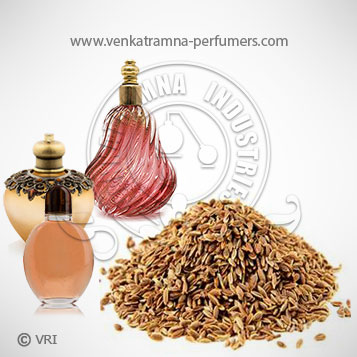
| Botanical Name | Illicium verum |
| Common Name | Karanja Seed Oil, Karanj Oil. |
| Country of Origin | India |
| Solubility | Insoluble in water, soluble in alcohol and oils |
| Specific Gravity | 0.975 – 0.992 @ 20°C |
| Optical Rotation | -2.00 – +2.00 @ 20°C |
| Refrective Index | 1.5482 – 1.5622 @ 20°C |
| PlantPart | Seeds |
| Bland With | Rose, orange, lavender, spicy essentials, Sassafras and Carbolic oil. |
| CAS No | 8007-70-3 |
| Flash Point | 95°C |
| Extraction Method | Steam Distilation |
Aniseed is native to the Middle East and the Romans used it in little cakes that they ate at the end of their banquets. Aniseed is traditionally used with vegetables that can be indigestible such as cabbage, onion, cucumber, carrot, turnip and beetroot.. Aniseed is used to flavour many alcoholic drinks such as Pernod, Greek ouzo and mastikha, anesone from Italy and the French drink, pastis. Apart from that it have several pharmaceutical and ayurvedic properties. In India, it is widely used in Pickels since ancient times.
Anise was given the nickname, Solamen intestinorum, the comforter of the bowels. The Romans often served spiced cakes at the close of 'rich entertainment' to avoid indigestion and flatulance. It was quite common for these cakes, known as mustaceoe, to be served at the end of a marriage feast. The tradition of wedding cake stems from this early use of spiced cake made with aniseed. Gerard, author of Herball or Historie of Plants(1597), a work that borrows its information liberally from Dr. Priest's earlier work Pemptades (1583), says of anise: "The Aniseed helpeth the yeoxing, or hicket (hiccough), and should be given to young children to eat which are like to have the falling sickness, or to such as have it by patrimony or succession." Germans believed so strongly in the medicinal value of anise that during the 1800s they often flavored their household bread with whole aniseed.
Color : Colorless to Pale yellow liquid with Licorice odor,
Aroma : Fresh, sweet, spicy, licorice-like
Anethol (present to about 90 per cent), fixed oil, sugar, choline and mucilage,Anethole.
Anise is a dainty, white-flowered urnbelliferous annual, about 18 inches high, with secondary feather-like leaflets of bright green, hence its name (of mediaeval origin), Pimpinella, from dipinella, or twicepinnate, in allusion to the form of the leaves. It is a native of Egypt, Greece, Crete and Asia Minor and was cultivated by the ancient Egyptians. It was well known to the Greeks, being mentioned by Dioscorides and Pliny and was cultivated in Tuscany in Roman times. In the Middle Ages its cultivation spread to Central Europe Anise fruit yields on distillation from 2.5 to 3.5 per cent. of a fragrant, syrupy, volatile oil, of which anethol, present to about 90 per cent., is the principal aromatic constituent. It has a strong Anise odour and separates in the form of shining white crystalline scales on cooling the oil. Other constituents of the fruit are a fixed oil, choline, sugar and mucilage.